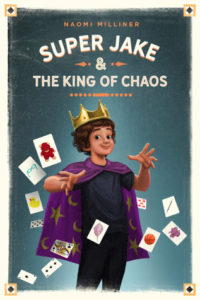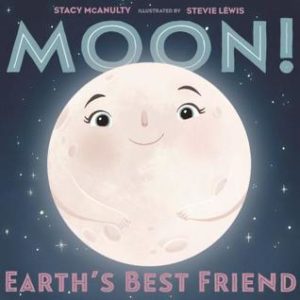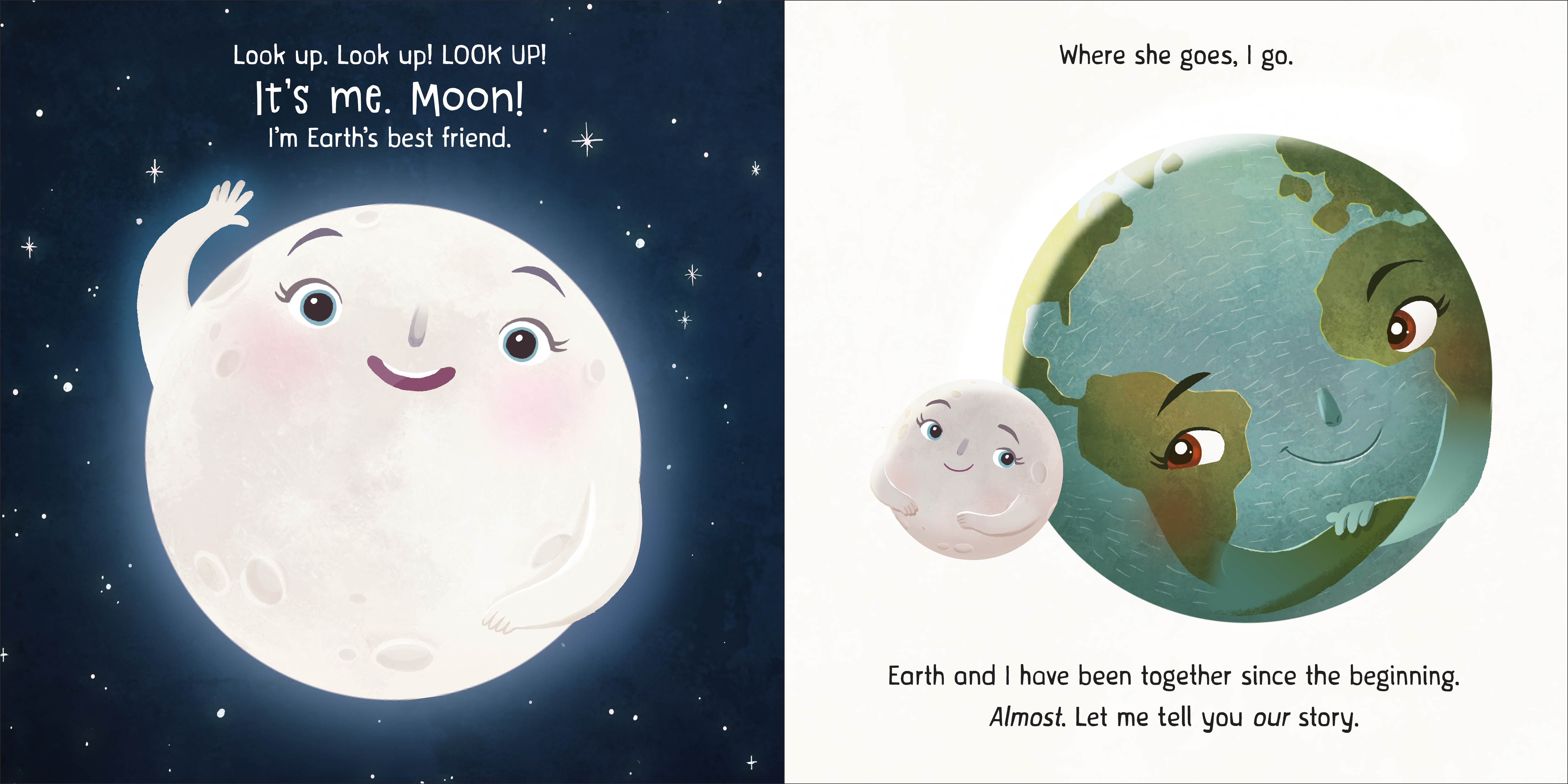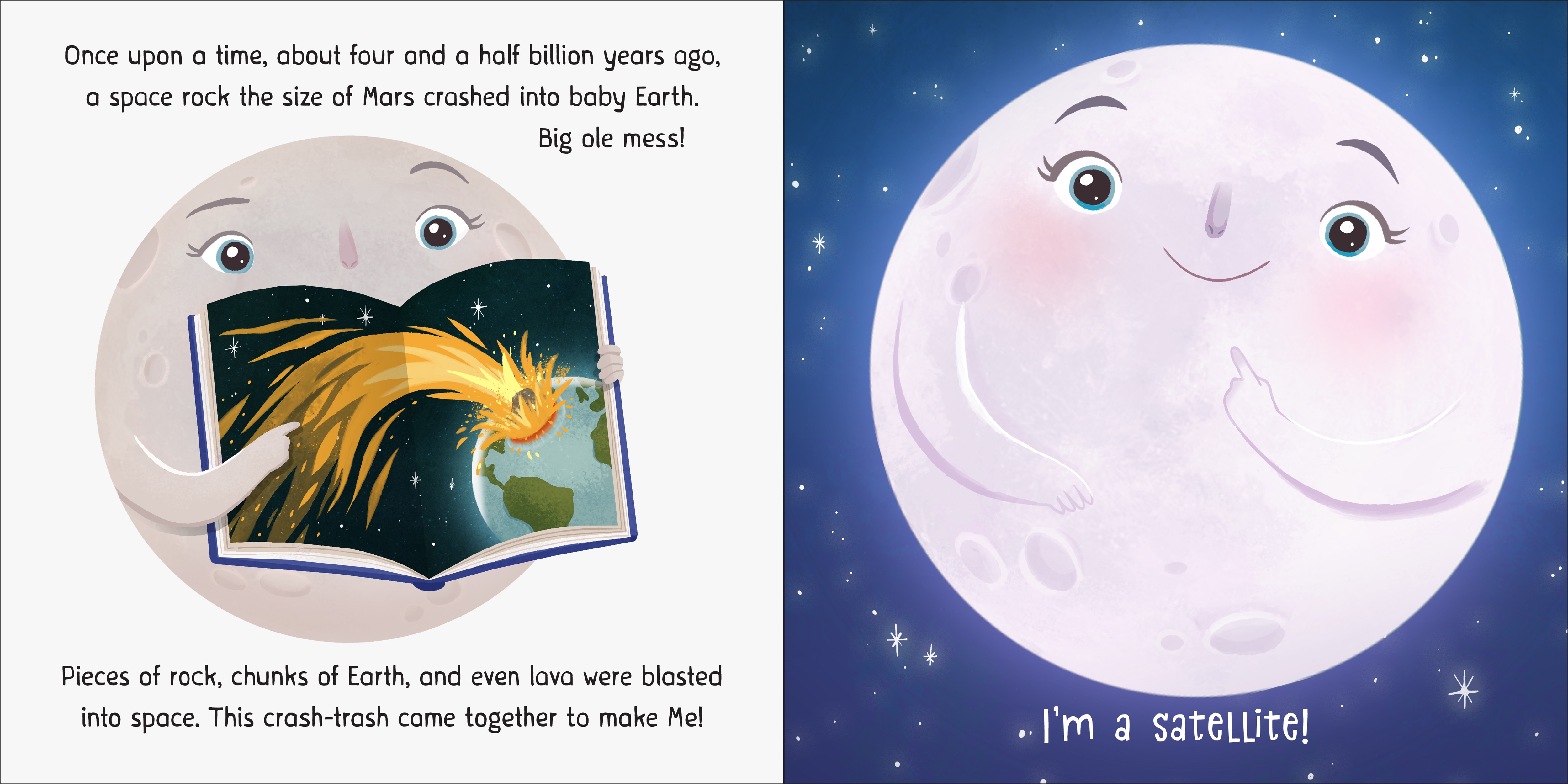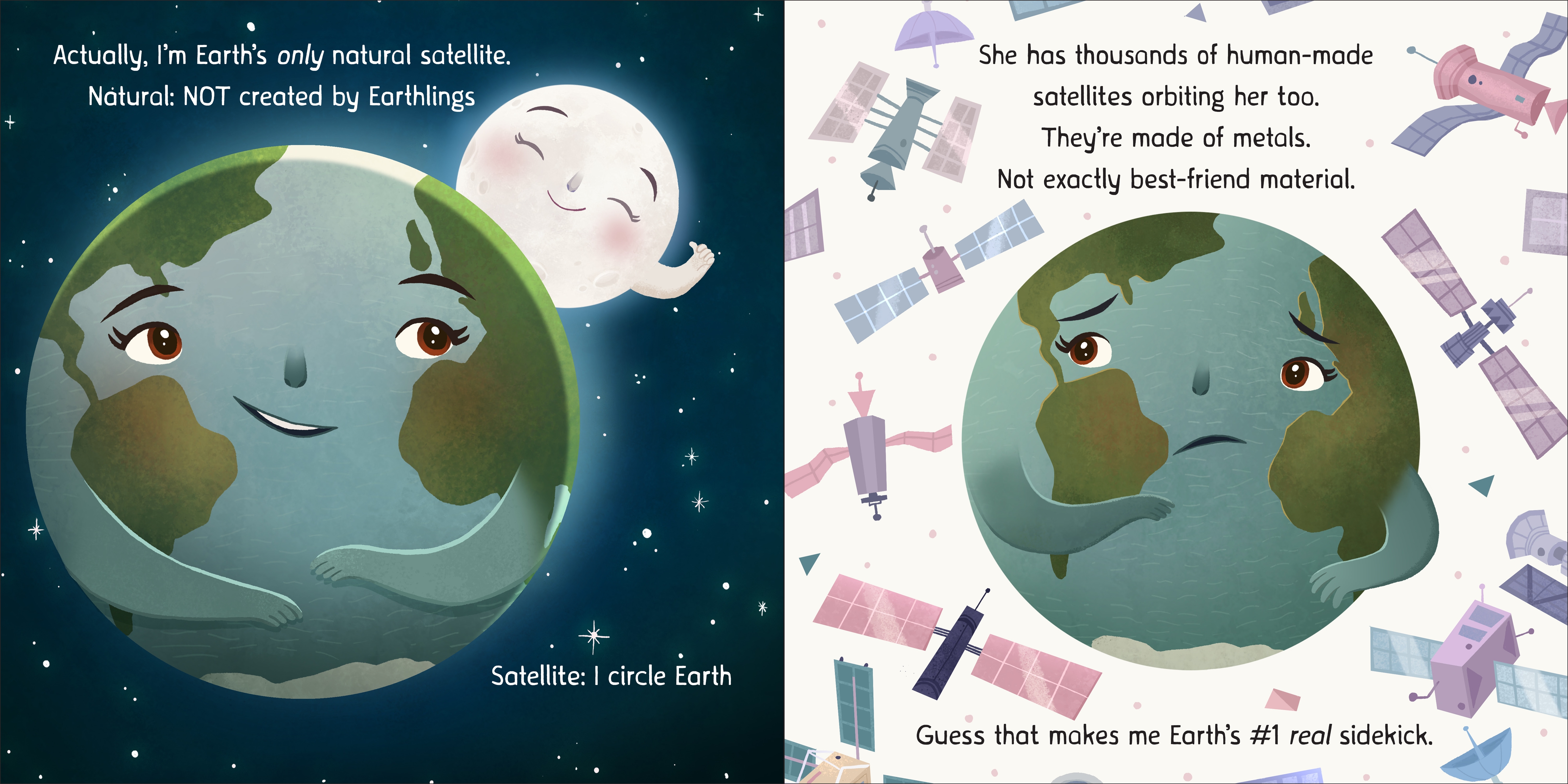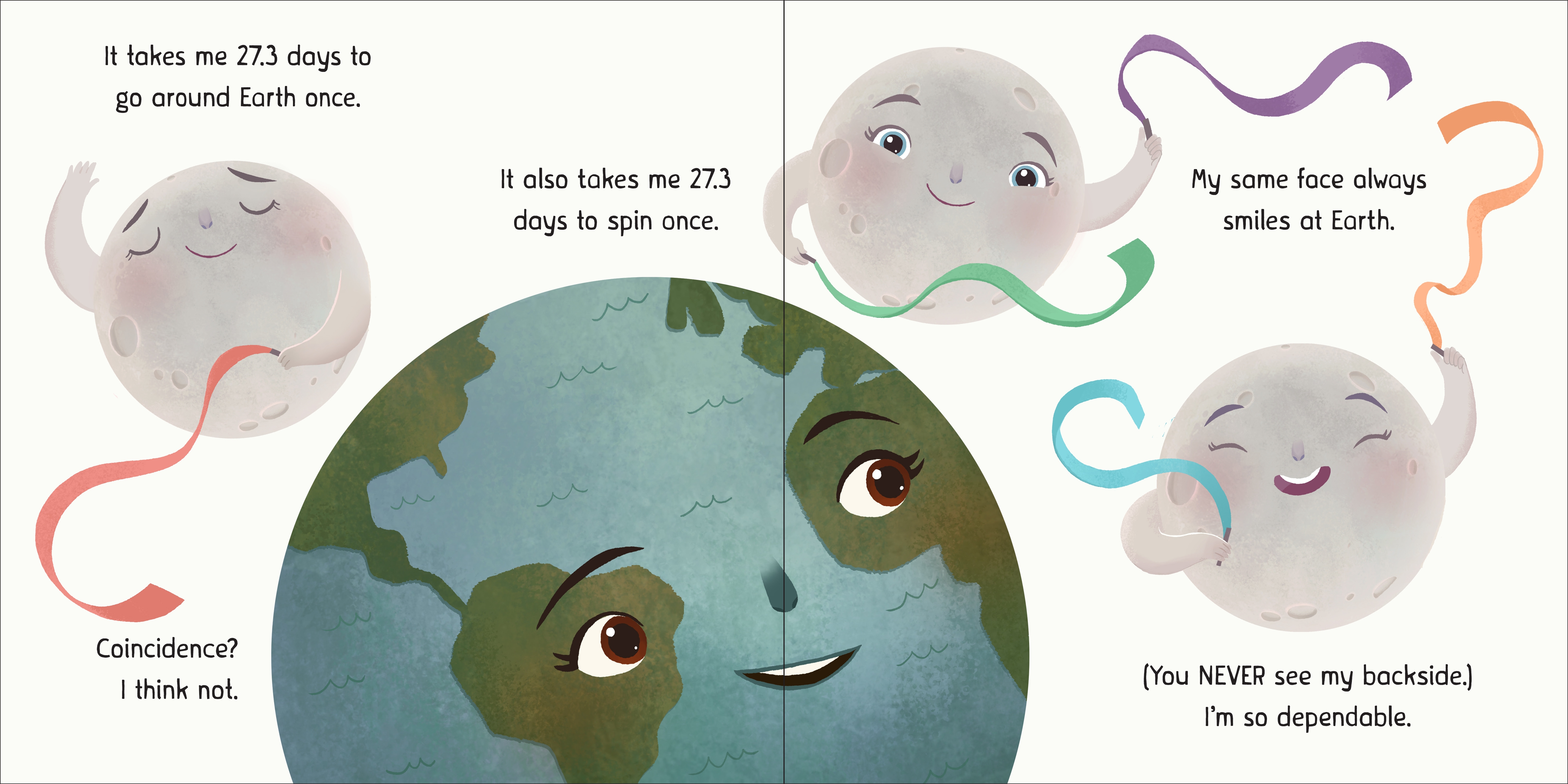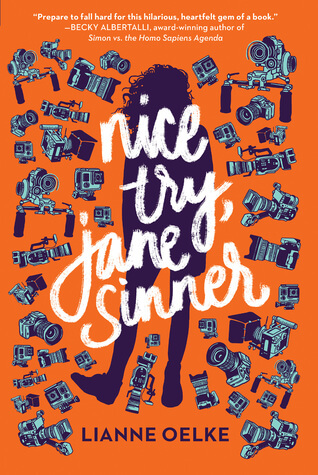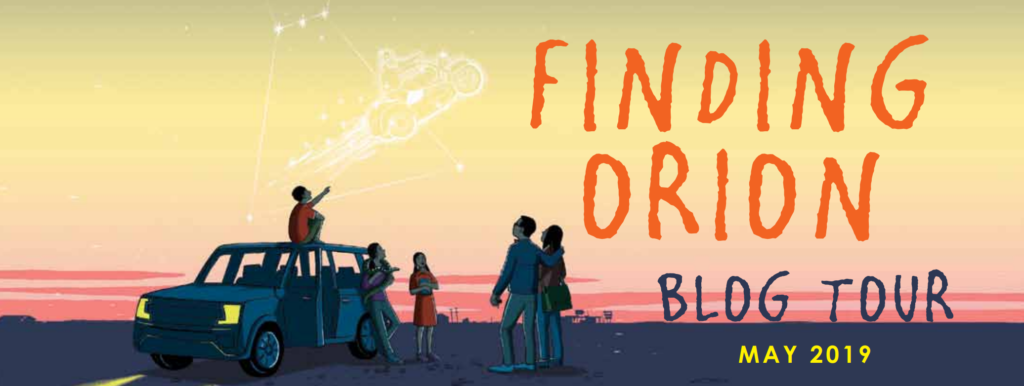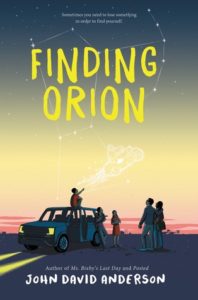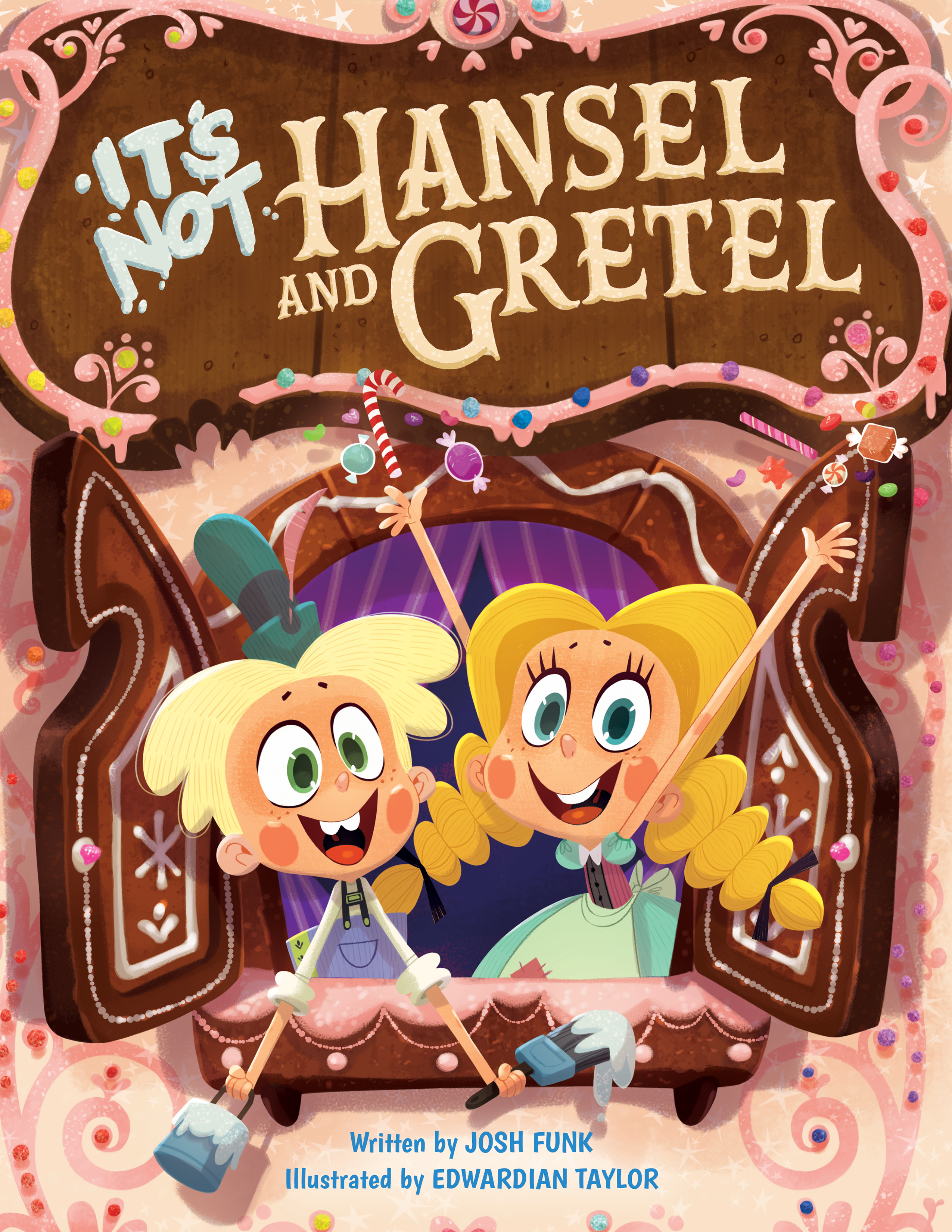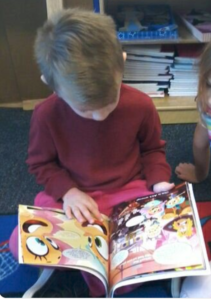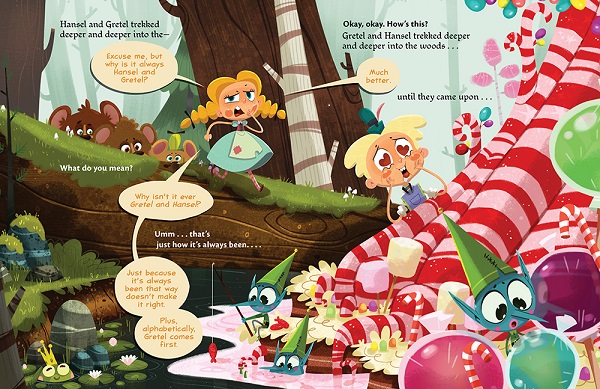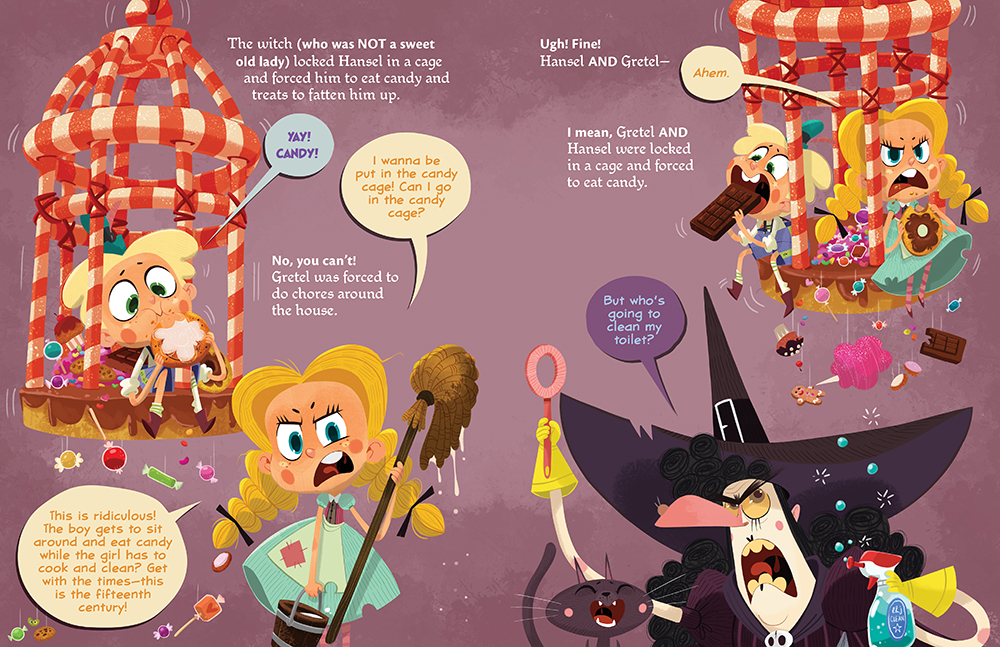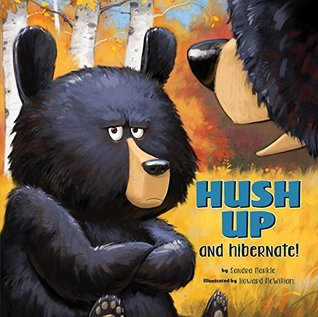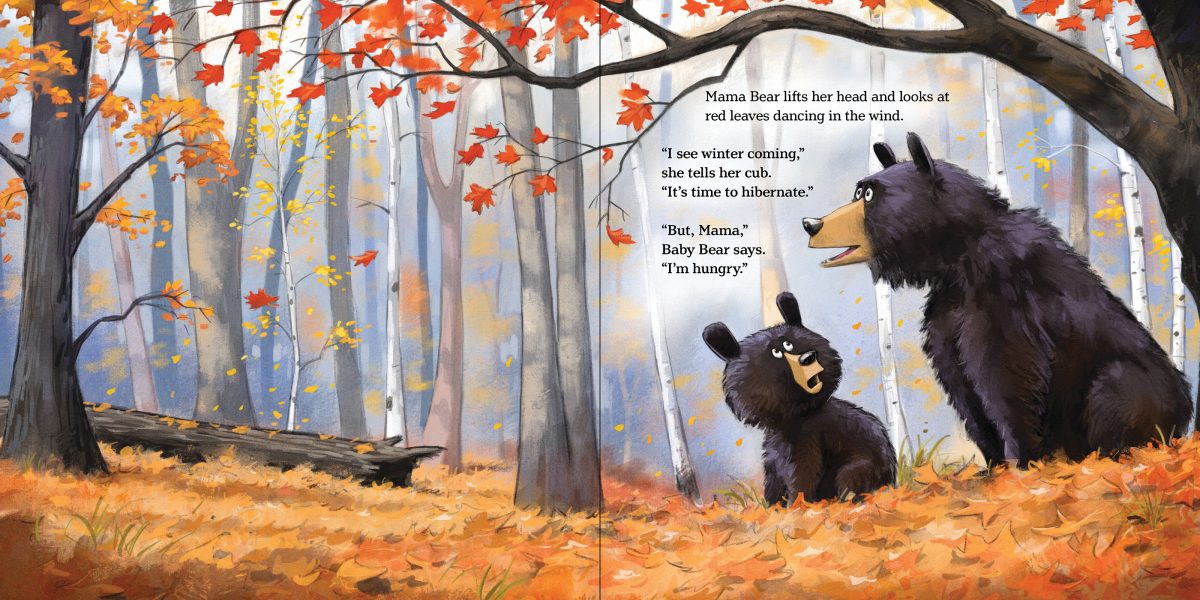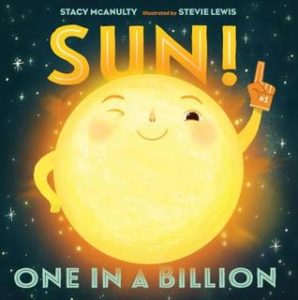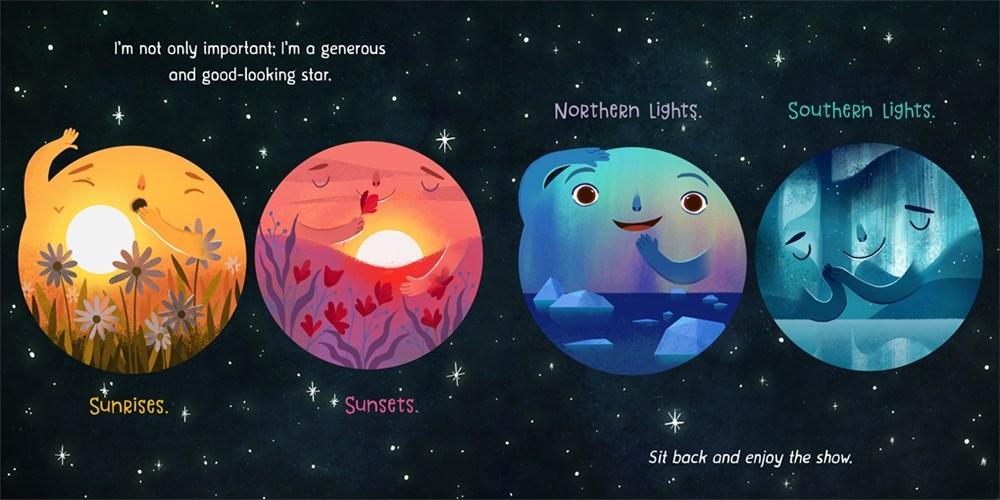“Making Lemonade out of Lemons: Creating Humor out of Sadness”
One of the things I’m asked most often about my debut middle grade novel, SUPER JAKE & THE KING OF CHAOS, is the role of humor – specifically how there’s so much in what could be a very sad book. Both the humor and the heaviness stem from truth, because SUPER JAKE is inspired by life with my three sons, the youngest of whom (Jake) had special needs.
Jake’s many limitations were heartbreaking, as was his death at only 28 months. And yet, my family – especially Jake’s big brothers – managed to find, and create, a lot of laughter and joy despite the difficulties. For that reason I tried to balance the inherent sadness surrounding his fragile health with a sense of playfulness and humor throughout the book. Here are five ways to use humor in a sad story, with examples from SUPER JAKE.
- Establish a fun, or funny, tone from the get-go.
In early drafts, the story opened with the 11-year-old hero, Ethan, being awakened in the middle of the night because of a Jake-related medical emergency. This scene is still in the book; it just comes 155 pages later. Although it was a sure-fire dramatic start, as the main story shifted from Jake to Ethan, it was clear that the book needed to start with Ethan doing his favorite thing: magic. And what could be funnier, and more endearing, than entertaining a dozen 3-year-old girls dressed like Disney princesses? Throw in goofy younger brother, 7-year-old Freddy, and an unexpected appearance by SpongeBob, and you’ve got a fun tone to kick things off. Later in the chapter Jake shows up, too, and a bit of sadness creeps in but – hopefully – the reader already knows this story will have plenty of lighthearted moments.
- Include a character who provides comic relief.
This, without question, is Freddy, the lovable middle brother. I could always count on him to come to the rescue when things got too sad. Sometimes it was a simple visual gag, like bubble gum exploding all over his face. Other times it was unexpected dialogue, or his interrupting a somber moment any number of ways. And sometimes, it was just his sweet, innocent take on things: he was a great vehicle to lighten tension.
- Incorporate a sense of play, and playfulness, to mitigate sad circumstances.
There is nothing remotely fun, or funny, about having to “stretch” Jake’s arms and legs because he was unable to do it on his own. And yet in the book, as in real life, his big brothers got in on the act and even managed to turn physical therapy into a good time: Ethan takes a benign teddy bear and creates… Ninja Bear! Another example is how Jake’s unusual hearing creates a funny scene when Ethan plays his trumpet without waking Jake to stir, but Mom’s quiet (and angry) whisper immediately wakes him up.
- Do something surprising.
This technique is very helpful and can be used frequently and in many ways. Have someone you wouldn’t expect do something unexpected: Ms. Carlin, Ethan’s beloved English teacher, has a crush on Ethan’s hero, Magnus the Magnificent. (Spoiler alert: teachers are human! You heard it here first.) Have an unexpected dialogue exchange, like on p. 23:
Freddy: I’m doing a huge battle of dinosaurs versus Star Wars. I thought the Star Wars people would win because they’ve got lightsabers. But the dinosaurs were hungry, so they ate them.
Ethan: The lightsabers?
Freddy: The people.
Or create an unexpected, and much-needed, break in tension. This occurs organically in lots of Ethan’s magic tricks. It seems like something has gone wrong, then he pulls it off. Another example of breaking tension with humor is when Ethan tries to convince his frenemy, Ned, that cake will make him feel better. Just as Ethan is about to give up, Ned asks, “What flavor is it?”
- Switch from tears to laughter.
One of my favorite writers, Paula Danziger, said that her favorite thing to do was switch from tears to laughter, or laughter to tears, “on a dime.” I have tried to do the same. Even if it’s something small, the contrast makes the new, unexpected emotion pack a bigger punch.
Laughter to tears is pretty easy when you’ve got a character like Jake. Here’s bit with Ethan and his buddies at lunch, as they try to figure out how he can pay for a magic competition:
Brian: Hey! Maybe you could sell one of your brothers.
Ethan: Nah. I’d have to pay somebody to take Freddy.
Daniel: How about Jake? Lots of people want babies.
Brian: Only perfect ones.
Tears to laughter usually happens courtesy of Freddy. In the dialogue below, the truth is the possibility of Jake ever tackling homework is a sad reminder that his limitations are far-reaching and probably permanent. And yet…
Freddy: Hey, Ethan, you think someday I’ll help Jake with his math homework?
Ethan: I don’t know. How much is eight plus two?
Freddy: Twelve?
Creating laughter from tears, or happiness from sadness, isn’t only doable: it’s critical, especially in children’s books. I hope these approaches will show readers that they can find – and make – joy out of even the saddest situations.
More information on the book can be found at: https://www.hachettebookgroup.com/titles/naomi-milliner/super-jake-and-the-king-of-chaos/9780762466160/.
Super Jake & the King of Chaos
Author: Naomi Milliner
Published May 7th, 2019 by Running Press Kids
About the Book: A debut contemporary novel about 11-year-old aspiring magician Ethan, who discovers that heroes come in all sizes, and real magic can be found in the most unexpected places.
When life revolves around stressed-out parents and ER visits for his special needs little brother Jake, eleven-year-old Ethan escapes to a world of top hats, trick decks, and magic wands. When he hears of a junior magic competition where the top prize is to meet and perform with his hero, Magnus the Magnificent, Ethan is determined to do whatever he needs to get there–and to win.
His dedication and hard work pay off, and he makes it to the top five finalists: his dream really could come true! Then Jake falls dangerously ill and Ethan’s hopes and plans are in jeopardy. As he searches for any sort of magic that might save Jake, Ethan learns what is truly important . . . and what real magic is.
About the Author: Naomi Milliner has a Bachelor’s Degree in English and a Master’s in Screenwriting from USC Film School. As a long-time member of SCBWI, she created the Authors Book Club (ABC) for published authors and illustrators to share their journey with other members. She has also served on the Women’s National Book Association’s Great Group Reads Committee since 2009. She lives in Maryland, with her husband and sons.
Thank you so much for this guest post about how authors mix sadness and humor!
